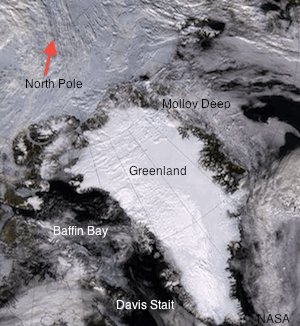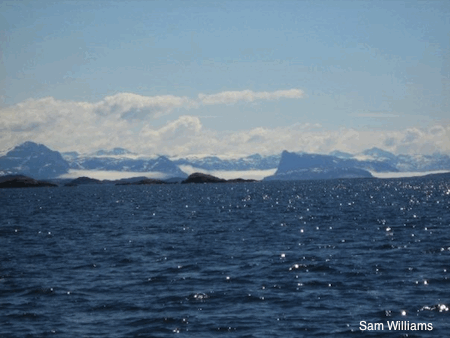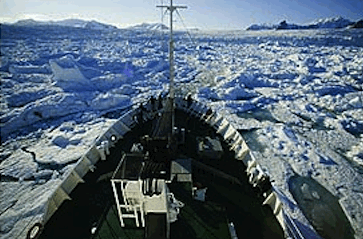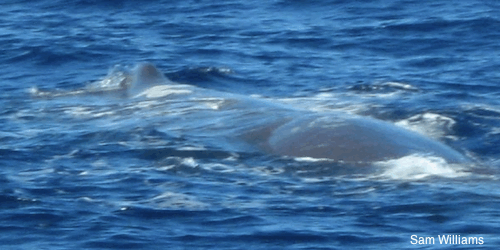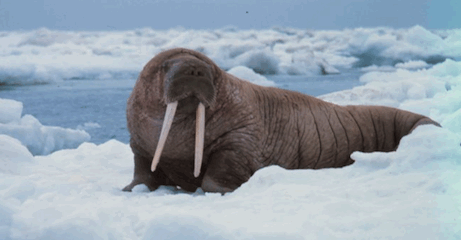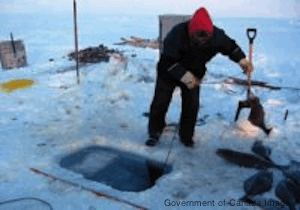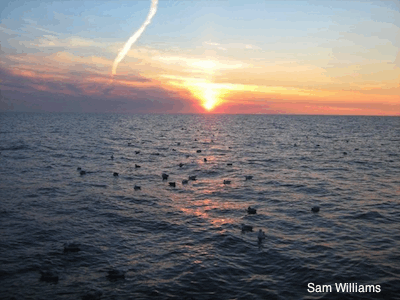|
The Arctic Ocean: Hidden under permanent sea ice cover, awaits mystery and wonder concealed since time immemorial!
The Arctic Ocean is the smallest of the world's five oceans encompassing just over 14,000,000 sq. kilometres and 45,389 kilometres of coastline. Its deepest point is the Fram Basin at 4,665 meters that's 15,305 feet or in maritime language 2,551 fathoms.
During the Polar summer the ice pack melts and recedes around the land mass allowing the remaining section of sea ice cover to drift and move under the influence of the ocean's tidal movements. At the peak of this ice melt usually in late September the ice pack loses approximately 50% of it's coverage area. Below are two images from space showing opposite sides of the globe in September with the ice coverage receded and drifted unto the North American side of the Ocean. 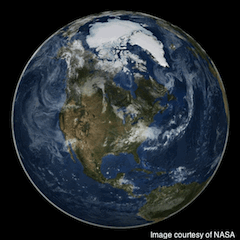
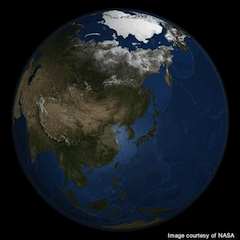
One is known as the Northern Sea Route which cuts a path from the North Atlantic Ocean between the northwest coast of Norway and the Svalbard Islands across the north coast of Russia and Siberia to the Bearing Strait in the North Pacific. The other is the Northwest Passage which is entered through the Davis Strait between Baffin Island and Greenland. Turns west between the north coast of Baffin Island and the south coast of Devon Island, follows south of the Queen Elizabeth Islands through the Parry Channel, crosses the Beaufort Sea, then on into the Bearing Strait and the North Pacific Ocean. With the Polar ice cap receding more and more each year those maritime trade routes are becoming an increasingly attractive avenue to move goods from one side of the planet to the other. Because of this in recent years there have been a renewed interest in the Polar region by all adjacent nations, and also many who are not adjacent but would benefit from faster trade routes and the regions vast untapped natural resources.
Including Dolphins and Porpoises there are 17 various types of whales that live in the Arctic Ocean for some or all of the year. We will look at some of these species here. • Bowhead
• Harp Seals
Another common sight on the ice flows and along the coastline are the massive Walrus with their ivory tusk's and fierce appearance.
• Char
As you lay down to rest tonight, this northern ocean (depending on the time of year) may be in complete darkness, unending sunlight or some combination of both. Yet within it's boundaries a magnificent life cycle of incredible biodiversity will thrive in a region of epic extremes that most people in latitudes below the Arctic Circle can ever imagine. Living a life of ultimate survival, in the land of breathtaking sunsets, at the top of the world!
Return from Arctic Ocean to Home Page
|
